15 Fascinating Facts About The Sumerians
The ancient civilization of Sumer never ceases to captivate and intrigue. Scholars and historians are constantly busy uncovering new details and aspects of this civilization, even centuries after the first discoveries were made. Long ago forgotten and buried by sands of time, Sumer and its cities were the first foundations of all human progress and civilization. It is because of this that it never fails to impress. Here are just a few of the most fascinating facts about the ancient Sumerian civilization.
1. One of the World’s First Functioning Calendars Belonged to the Sumerians
Did you know that the Sumerians were amongst the first to have developed a functioning calendar? It is dated to roughly 2100 BC, and was divided into 12 lunar months, each numbering 29 or 30 days - much like the one we use today. The Sumerians had no weeks in their calendar, but even so they always had holy days and days free from work. These were usually celebrated on the 1st, 7th, and 15th of each month. Of course, each Sumerian city had its own special feast days that were celebrated at different times. Each month began with the sighting of the new moon.
2. Their Efficient Sexagesimal Numeral System is Still in Use
The Ancient Sumerians were skilled mathematicians, and were incredibly advanced for such an ancient time. They developed a numeral system with number 60 as its base. It is known as a sexagesimal numeral system - and it is still in use today! That is why we have 60 minutes in an hour, 360 degrees in a circle, and 60 degrees in an acute angle! The Sumerians developed the system and refined it, and it was later passed on to the Babylonians, and from them to other civilizations in the world. Today it is, of course, not the exact same system, but has many similarities and the same origins!
- The Magnificent Ishtar Gate of Babylon
- The Ancient Epic of Gilgamesh and the Precession of the Equinox
3. The City-States of Sumer Were Often at War With One Another
The Sumerian world consisted of many semi-independent city states, which were often very close to one another - almost within sight. But even so, they were not strangers to conflict. War was a staple of Sumerian life, and each city had its own standing army. When disputes over borders became an issue, it came to blows and bloodshed. One of the earliest depictions of Sumerian warfare was discovered on the Standard of Ur, an elaborate scene discovered in the tomb of King Ur-Pabilsag. Another important depiction is found on the Stele of the Vultures, which depicts warriors arranged in a phalanx formation. It is possible that the Sumerians invented this military tactic.
4. They Penned One of the First Epic Poems in History
One of the world’s first epic poems comes to us from the Sumerians. One would think that such an ancient civilization had little taste for poetry and arts. But that would be quite wrong to assume. The Sumerians were highly advanced for their time, and thus penned down the world’s first epic poem - the Epic of Gilgamesh. Centered on a mythical hero and his exploits, the poem was literally carved in stone: preserved in clay tablets upon which the lines were carefully incised. Containing both mythical human heroes as well as gods and supernatural beings, the Epic of Gilgamesh is a great insight into the culture and the beliefs of the ancient Sumerians, allowing us to better understand their affinities and aspects of their everyday life.
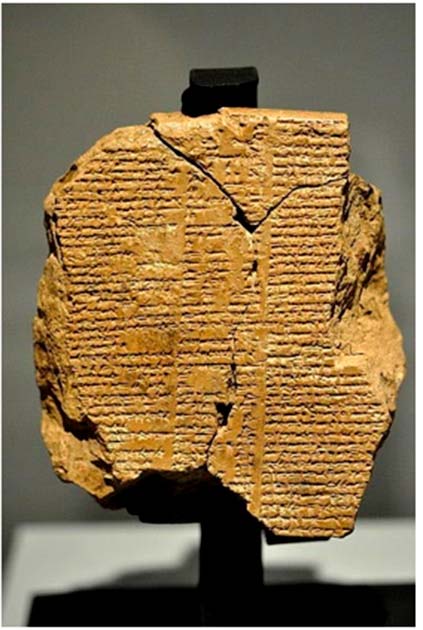
Tablet V of the Epic of Gilgamesh. (CC BY-SA 4.0)
5. The Remnants of their Vast Civilization Were Long Forgotten to History
Sumerian civilization thrived for many centuries, but it eventually succumbed to invasions by Semitic-speaking Amorians and the Akkadian-speaking Babylonians. Slowly it began disappearing, losing its identity and lapsing into distant memory. The Sumerian language remained as a seldom-used sacred language, until it too disappeared for good. Centuries rolled on, turning into millennia, and Sumer was fully forgotten by mankind. It wasn’t until the 1800s that the diligent work of mainly British archeologists brought to light the tattered remnants of this pioneering world civilization. Scholars began piecing together the puzzle of Sumer’s identity, from scratch, until they finally understood what they were dealing with. So, after being forgotten for thousands of years, Sumer once again returned to the spotlight.
6. Sumer’s Eridu Was the World’s First City
Sumer, being one of the world’s first advanced civilizations, naturally had the world’s first cities. Sure, they weren’t cities as we know them today: they were more like urban settlements that grew around great temples and ziggurats. And one of the very first of the Sumerian cities was Eridu. Today, it is considered as one of the very first Sumerian settlements, which also grew into one of the most powerful city-states.
Eridu was situated just 12 kilometers (8 mi) from Ur, almost within sight of it. When it was built, the city was situated roughly on the coastline, with the Persian Gulf stretching before it. Now, many millennia later, the ruins of the city are situated far inland.
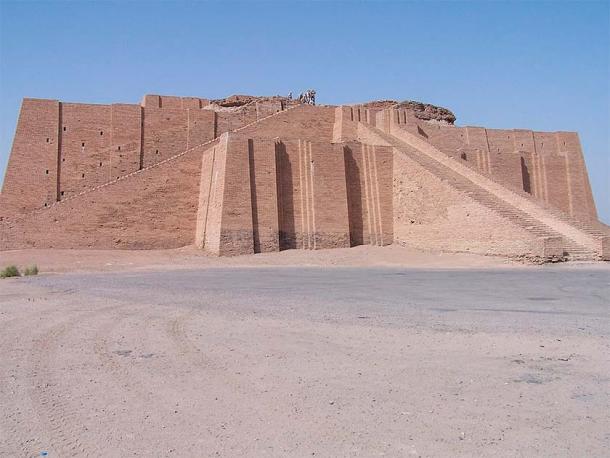
The Great Ziggurat of Ur, built during the Third Dynasty of Ur (c. 2100 BC), dedicated to the moon god Nanna. (Hardnfast/CC BY 3.0)
7. Clay Tablets Perfectly Preserve the History of Sumer
Between 500,000 and 2,000,000 Sumerian clay tablets have been excavated to date, with only a part or them read and researched. They were the widely used medium by ancient Sumerians - with paper not being invented, soft clay tablets were the next best thing.
With special reed pens, cuneiform writing was carefully incised. Once baked, the clay tablet remained solid and durable. Everything and anything was written on these tablets: stories, poems, accounts, complaints, letters, diplomatic exchanges, treaties, histories, and so on. Today, clay tablets provide one of the most important insights into the lives and practices of ancient Sumerians, and are an invaluable historic heritage. One of the largest libraries of clay tablets was found in the remains of the Library of Ashurbanipal, the last great Assyrian King. The ruins contained over 30,000 unique clay tablets.
8. The Ancient Sumerians Invented the Plow and Heralded Progress
There is no doubt that the plow is one of the most important creations of mankind. This tool was the driving force before all progress in the world. And it is believed that the Sumerians invented it, as early as 3100 BC. The plow allowed them to harness the power of domesticated animals, and thus till the land and ensure fertile crops. This was a revolution for agriculture, of industry and progress. The plow quickly spread across the world, thoroughly reshaping it in the process. The Ancient Egyptians soon adopted it as well. At first, it was a crude wooden tool, but it was refined over the centuries.

Leonard Woolley holding the hardened plaster mold of the Sumerian Queen's Lyre, 1922. (Public Domain)
9. Oldest Surviving Stringed Instruments Were Found at Ur
The Sumerians were known for their innovations and inventions, some of which defined later civilizations. One of these could have been the stringed instrument, more specifically the lyre. While it is not known for certain whether the lyre was a Sumerian design, it is certain that those discovered at Ur are the world’s oldest surviving instruments. The lyres, exquisitely made and decorated, were found squished and fragmented, but have been painstakingly rebuilt. They are dated to roughly 2550 BC, which makes them more than 4500 years old! The lyres - more specifically harps - were discovered in the Royal Cemetery of Ur, in a lavish tomb that belonged to a high-ranking woman, likely a queen. Made with wood, silver, gold, and other quality materials, they were most certainly a symbol of power and prestige, and confirm to us that the Sumerians knew and loved music and arts.
10. Beer Was the Staple Food of Every Sumerian
Everyone loves a cold pint of beer on a hot summer’s day, right? The Sumerians certainly did - they were extremely fond of beer and brewing. So much so, that they had a goddess of just that - brewing and beer.

Impression of a Sumerian cylinder seal from the Early Dynastic IIIa period (ca. 2600 BC). Persons drinking beer are depicted in the upper row. (Cuneiform Digital Library Journal)
Her name was Ninkasi, and she was revered by all the beer drinkers in ancient Sumer. It is important to note that ancient beer was not like modern beer: it was thick and mushy, and very nutritious, and likely not too cold. The Sumerians consumed it through special straws and strainers. Beer was consumed by both the commoners and the nobles, and was brewed in very large quantities. Clay tablets with special brewing recipes were recovered, as well as tablets that record the rationing of beer for workers. That’s right: in Sumer, workers were paid by a daily ration of tasty and nutritious beer. Could be worse.
- Sargon of Akkad: Familiar and Legendary Tales of a Famous Mesopotamian King
- Representation of Sumerian Elites Detected in the Crespi Gold Tablets
11. Men of Sumer Had a Distinct and Recognizable Hairstyle
Did you know that the Sumerians sported a unique hairstyle? Many reliefs and depictions of common men of Sumer show them wearing their hair short on the sides and back, and curly and longer on the front! Otherwise, a lot of depictions show them completely bald and beardless. This could have been a trend in their society. In the ancient world, hairstyles and beards were often a distinct mark of a tribe or a society. To differentiate themselves from the neighboring cultures, the Sumerians likely adopted such unique hairstyles.
12. In Their Long History, They Had Just One Queen
The Sumerian King List is a literary work composed around 2000 BC, and preserved on several clay tablets. It lists the cities of Sumer, their kings, and the lengths of their reigns. It helped scholars to learn more about the various rulers of ancient Sumer. And virtually all of the rulers on the lists are men - kings. Yet there is one woman on the list: Queen Kubaba. Before coming to the throne, she was apparently a brewess - producing beer for commercial use. She was the queen of Kish, an important city-state in ancient Sumer. She was followed on the throne by her son Puzur-Suen, and grandson, Ur-Zababa. Sumer wasn’t solely a man’s world after all.
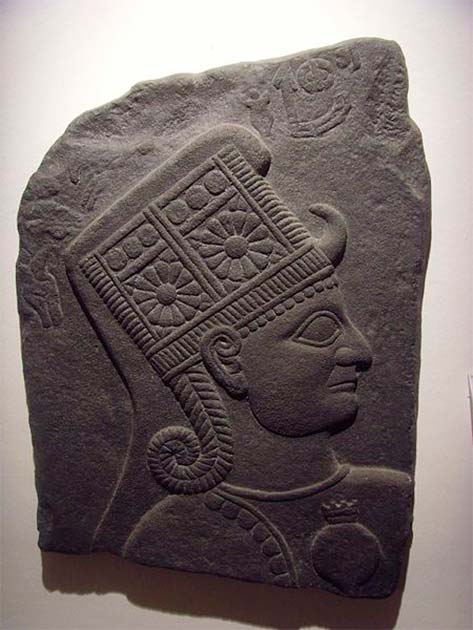
Relief of Queen Kubaba, only woman to make the King’s List. (Public Domain)
13. World’s Earliest Customer Complaints Were Found in Ur
With advanced civilizations, come advanced tricksters. Ea-Nasir was a rich copper trader from the city of Ur, but his business practices were far from ideal. During the excavation of the city ruins, one house - Ea-Nasir’s - had a room full of clay tablets received from disgruntled customers. Apparently, Ea-Nasir would take money for quality copper ingots, but send poor quality ones instead. This resulted in a number of customer complaints against him. The most famous is the complaint from the merchant in Dilmun, whose messengers were treated badly, and his shipment of copper never arrived. Studying the numerous tablets, scholars deduced that Ea-Nasir wasn’t really troubled by these complaints, and continued to ignore them repeatedly.
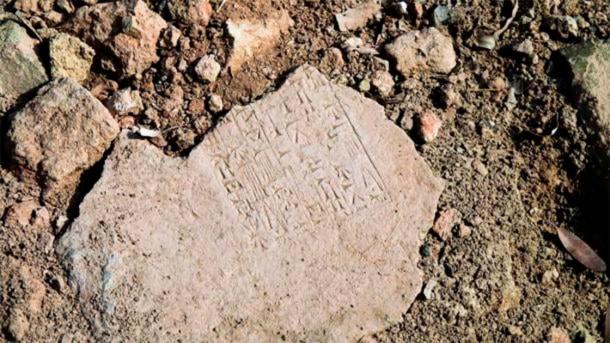
An example of a cuneiform tablet. (homocosmicos/Adobe Stock)
14. Sumerian Cuneiform is the World’s Earliest Writing System
The Sumerians were advanced in so many ways. Needless to say, one of their most important inventions was writing. Their cuneiform alphabet is amongst the world’s earliest writing systems. At first, it was just a number of symbols and images that were meant to represent words and actions. Over time, it evolved into a complex writing system that consisted of numerous tiny wedges. Incised with a special stylus, these symbols were written on soft clay tablets, which were then baked and hardened. It was an efficient, elaborate, and advanced writing system that was far ahead of its time.
Today, scholars are able to learn so much about ancient Sumer, thanks to the deciphering of the cuneiform script in the 19th century. It was, however, a painstaking process, and the script itself was an utter mystery for several centuries after its discovery.

The god Utu from the Tablet of Shamash (CC BY-SA 1.0)
15. Each City-State of Sumer Had Its Own Patron God
Ancient Sumer was divided into a number of semi-independent city-states. Some of the most powerful of these were Ur, Bad-Tibira, Eridu, Shuruppak, Sippar, Lagash, Kish, Nippur, and others. And each of these cities had its own patron deity, its protector and benefactor. There were lavish temples devoted to these gods in each city, as well as large pyramid-like ziggurats. There were around 7 principal Sumerian deities, and hundreds of minor ones. For example, Sippar was the cult-site of the Sun God Utu (Shamash to Akkadians), while Shuruppak was the city of goddess Ninlil.
Top image: Ancient Sumerian city of Eridu, early city in southern Mesopotamia, close to the Persian Gulf near the mouth of the Euphrates River. Source: Rick/Adobe Stock
References
Adhikari, S. 2022. Top 19 Surprising and Fascinating Facts about Ancient Sumer. Available at: https://www.ancienthistorylists.com/mesopotamia-history/facts-ancient-sumer/
Andrews, E. 2019. 9 Things You May Not Know About the Ancient Sumerians. Available at: https://www.history.com/news/9-things-you-may-not-know-about-the-ancient-sumerians
Unknown. 10 Cool Facts About The Ancient Sumerians. Available at: https://www.townshend.cz/single-post/10-cool-facts-about-the-ancient-sumerians
















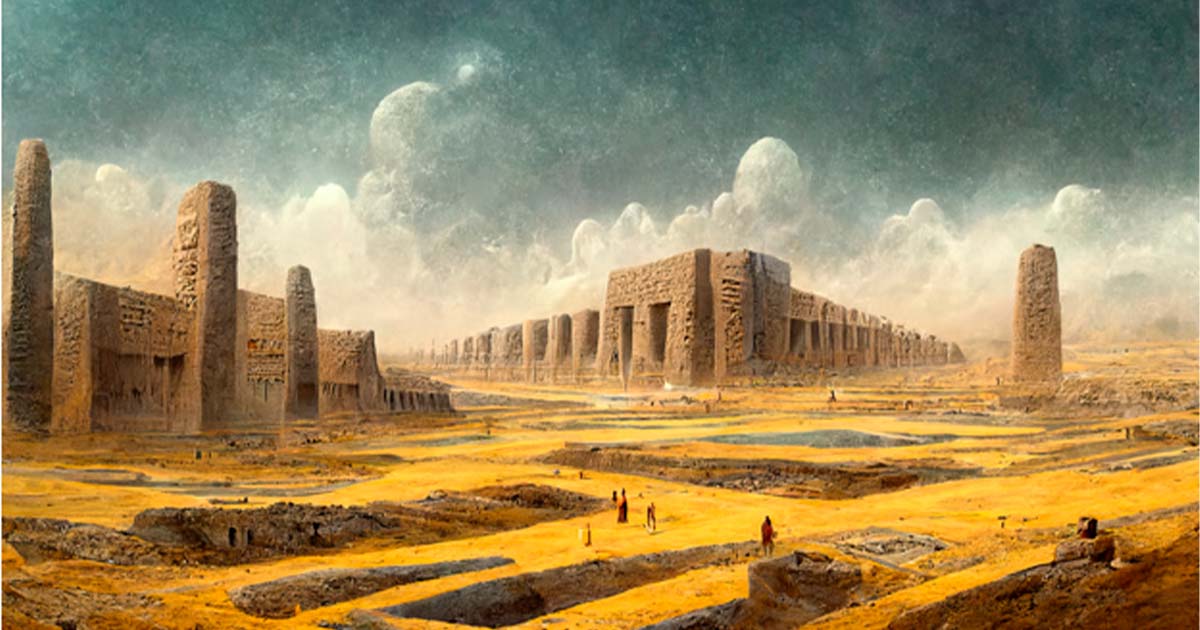

Comments
The Sumerians were a truly amazing people,as well as their civilizational advancements that helped the whole world grow to progress.. Where would we be in the world with the “SEXAGESIMAL” numerical system which is based on the number 60. Without it we would not know about how many SECONDS in a MINUTE, or MINUTES in an HOUR, and that without that knowledge watch manufacturers would not have any business, and people would be showing up for work too early, or very late. It was noted that the Sumerians had one of the first hairstyles to distinguish themselves from other nearby Sumerian city states, in that they wore hair VERY SHORT on the sides and back, with short CURLY hair (nappy) in the front which was very similar to their woolly looking beards. I know that they called themselves the “black headed people” and NOT THE BLACK HAIRED PEOPLE. So that brings me to the realization that even if black headed referred to black hair, which I don’t believe, that would have been in reference to their “BLACK SHORT CURLY HAIR” in the front, and most hair become less curly when it is cut short.. When comparing other articles with this particular one if correct, it can explain much about how the ancient Sumerians appeared in real life.
Charles Bowles